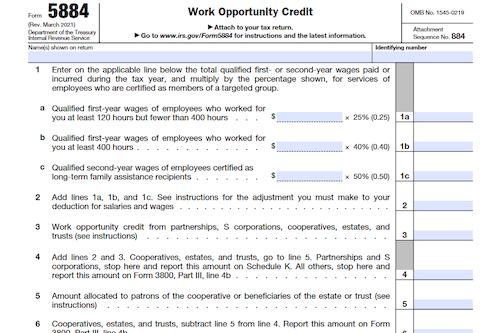Form 1041-T allows fiduciaries of estates and trusts to make an irrevocable election to have any part of their estimated tax payments treated as made by the beneficiaries. This article covers what needs to be done to file the form, when to file, period covered, where to file and specific instructions.
What is Form 1041-T?
Form 1041-T is an Internal Revenue Code form which allows a trust or decedent’s estate to elect to have any part of its estimated tax payments treated as made by a beneficiary. This election must be made by the 65th day following the close of the tax year, and once it is made it is irreversible. Fiduciaries attach the form to Form 1041 or file it separately. The form is used to enter details such as the estimated tax payments, the beneficiary’s name and address, their TIN and the proration percentage. Additional beneficiaries may be listed on an attached sheet if more than 10 are allocated payments. It is important that valid SSN and EIN numbers are entered to ensure the correct credits are allocated.
IRS Form 1041-T – Who Needs to Fill It Out?
IRS Form 1041-T requires completion by trusts, estates, and other fiduciaries. The intended purpose of the form is to make an election pursuant to section 643(g) of the Internal Revenue Code, so that estimated tax payments (but not income tax withheld) are treated as made by the beneficiary or beneficiaries. If filing with Form 1041, attach Form 1041-T to it. Otherwise, file separately. Form 1041-T must be filed by the 65th day after the close of the tax year in order to be valid. Information must be entered in Column B (Beneficiary’s name and address), C (Beneficiary’s identifying number), and D (Amount of estimated tax payment allocated to beneficiary). Line 3 requires a total if more than 10 beneficiaries are listed. Recordkeeping and form preparation is estimated to take 6 minutes and 20 minutes respectively.
Step-by-Step: Form 1041-T Instructions For Filling Out the Document
Filing Form 1041-T is an important step in properly reporting the trust or decedent’s estate’s estimated tax payments. It requires you to include information about the beneficiaries to whom the payments have been made and the amounts allocated to each of them. When filing Form 1041-T, it should be attached to Form 1041, U.S. Income Tax Return for Estates and Trusts, unless you are making the election separately. To be valid, this must be done by the 65th day after the close of the tax year; this date is March 6, 2023 for the 2022 form. If more than 10 beneficiaries are receiving payments, you must list them on an attached sheet. Be sure to provide the appropriate TINs and make sure the amounts match those reported on Form 1041.
Below, we present a table that will help you understand how to fill out Form 1041-T.
| Information Required for Form 1041-T | Details |
|---|---|
| Purpose of Form | Report and pay taxes on trust or estate’s estimated tax payments |
| Filing Deadline | By the 65th day after the close of the tax year (March 6, 2023 for the 2022 form) |
| Beneficiaries | List beneficiaries receiving payments on an attached sheet if more than 10 |
| Matching Information | Ensure amounts match those reported on Form 1041 |
Do You Need to File Form 1041-T Each Year?
Filing Form 1041-T each year is required if you are making the election covered by section 643(g) with Form 1041, and it must be received by the 65th day after the close of the tax year as shown at the top of the form. This date will vary and is March 6, 2023 for tax year 2022. This election is irrevocable. For each beneficiary, the fiduciary must enter the appropriate taxpayer identification number (TIN) in column C, the amount being allocated to them in column D, and calculate the proration percentage in column E. If more than 10 beneficiaries are listed, put the additional beneficiaries on an attached sheet and enter the total in line 3. See the instructions for the form for the full Paperwork Reduction Act Notice.
Download the official IRS Form 1041-T PDF
On the official IRS website, you will find a link to download Form 1041-T. However, to make it easier for you, we are providing the link in our article, which comes directly from the official irs.gov website! Click to download: Form 1041-T
Sources:




